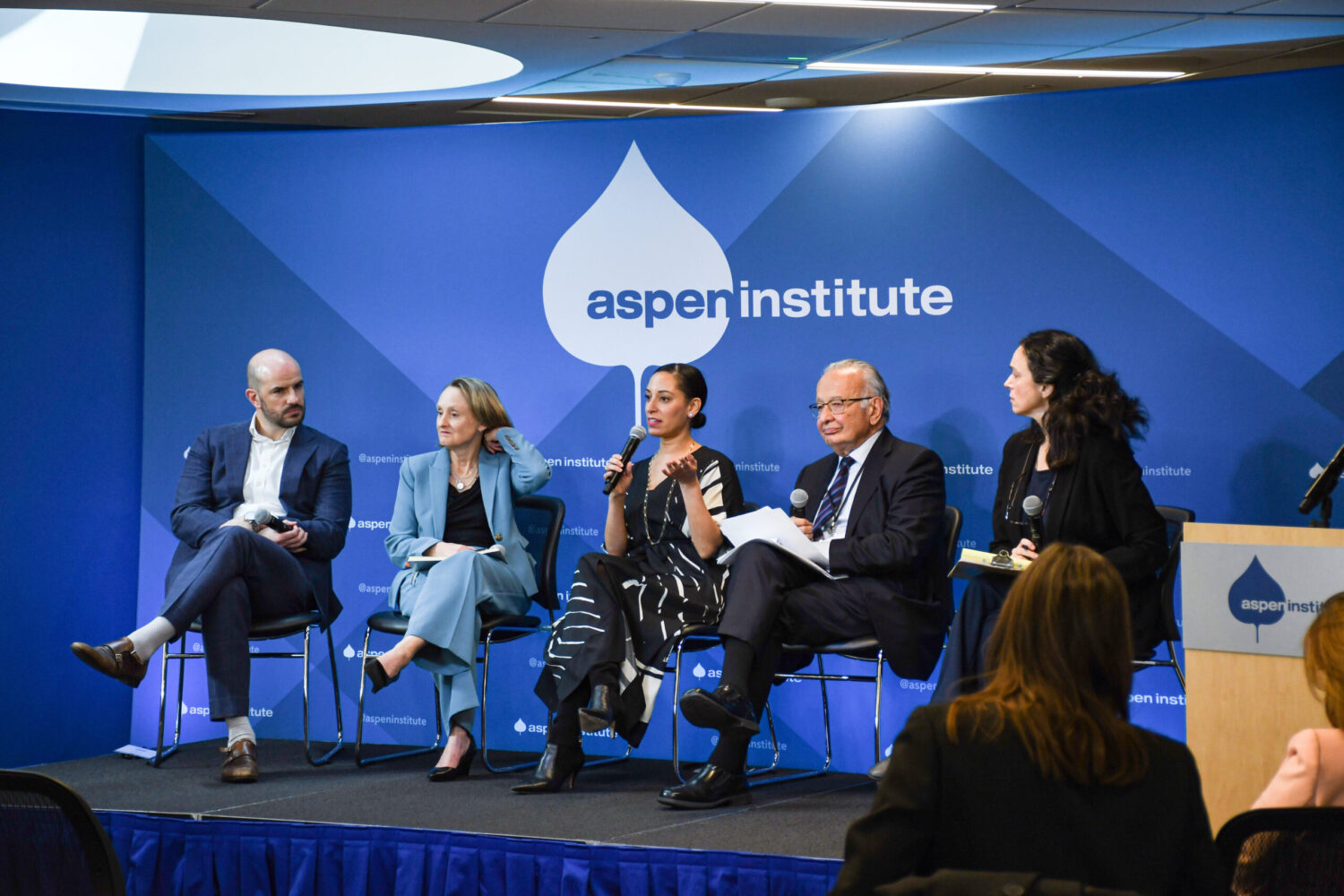The ImPact, a new investor network aiming to normalize impact investing among the world’s wealthiest families, concluded its series of asset class primers with the fifth primer: Private Equity and Impact Investing.
https://medium.com/media/931686666222591e0bb3ac6897853f11/href
Here are a few highlights from Private Equity and Impact Investing:
Scaling impact by providing growth capital. Investors can achieve impact at scale by providing growth capital to impactful businesses. For example, Elevar Equity invests in companies that provide financial services in disconnected communities around the world. To date, the fund manager has backed 24 companies that have served over 18 million clients with more than 18 essential services. Its portfolio companies have created 40,000 jobs.
Improving sustainability by working with operating businesses. Investors can improve sustainability and enhance bottom lines of conventional businesses in their portfolios. For example, KKR, one of the largest private equity shops, created a Green Portfolio Program to manage the environmental impacts of its portfolio companies. The Program created over $644 million in cost savings and added revenue while preventing 3.4 million tons of waste, saving 13.2 million cubic tons of water and avoiding 1.2 million metric tons of greenhouse gas emissions.
Creating place-based impact. Investors with place-based impact strategies have driven a substantial portion of all private equity impact investments. In particular, private equity has been a major tool for growing small and medium-sized enterprises (SMEs) in emerging and developing markets. Sarona Asset Management, for example, manages private equity funds-of-funds that invest in SMEs in frontier and emerging markets, enabling job creation and economic growth.
Preserving investee mission through holding companies. Impact investors are rightly concerned about the mission drift risk posed by private equity funds’ structure and limited time frames — how can investee companies’ impact performance be preserved post-exit? Holding companies are one of the alternative structures that can be the answer here. Holding companies are designed to hold long-term investments, allowing portfolio companies to grow and scale their impact without a fixed exit requirement. Importantly, such a structure can allow for long-term approaches to sustainability management: optimizing energy efficiency, minimizing waste, or improving employment practices often take time before increasing profitability of a company.
[seperator style=”style1"]Disclosure[/seperator]
Hear the ImPact’s CEO, Abigail Noble, discuss The ImPact on ImpactAlpha’s ROI Podcast.
https://medium.com/media/931686666222591e0bb3ac6897853f11/href










